#View of Dordrecht by Aelbert Cuyp
Text
#FineArtFriday: View of Dordrecht by Aelbert Cuyp, ca. 1665
View of Dordrecht *oil on canvas *97.8 x 137.8 cm *signed b.r.: A cuyp *circa 1655
Artist: Aelbert Cuyp (1620–1691)
Title: View of Dordrecht
Date: circa 1665
Genre: marine art
Medium: oil on canvas
Size: 97.8 x 137.8 cm
Inscription: signature, A Cuyp
Collection: Kenwood House
What I love about this painting:
We see history in action, a working harbor alive and bustling with activity beneath a…

View On WordPress
1 note
·
View note
Text
The Passage Boat
Aelbert Cuyp (Dutch, 1620-1691)
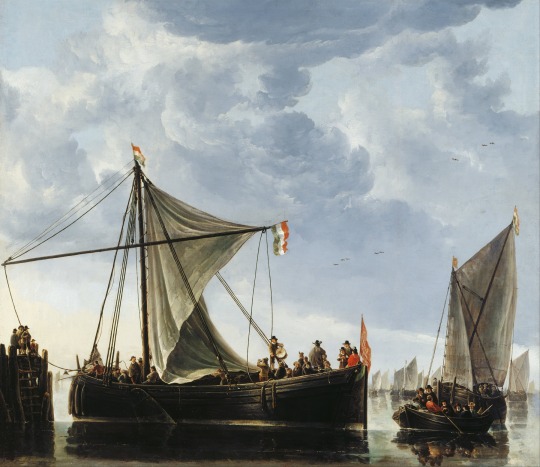
Aelbert Jacobsz. Cuyp was one of the leading Dutch Golden Age painters, producing mainly landscapes. The most famous of a family of painters, the pupil of his father Jacob Gerritsz. Cuyp (1594–1651/52), he is especially known for his large views of Dutch riverside scenes in a golden early morning or late afternoon light.
Cuyp was born in Dordrecht on 20 October 1620, and died there on 15 November 1691. Known as the Dutch equivalent of Claude Lorrain, he inherited a considerable fortune. His family were all artists, with his uncle Benjamin and grandfather Gerrit being stained glass cartoon designers. Jacob Gerritsz Cuyp, his father, was a portraitist. Cuyp's father was his first teacher and they collaborated on many paintings throughout his lifetime.
Little is known about Aelbert Cuyp's life. Even Arnold Houbraken, a noted historian of Dutch Golden Age paintings and the sole authority on Cuyp for the hundred years following his death, paints a very thin biographical picture. His period of activity as a painter is traditionally limited to the two decades between 1639 and 1660, fitting within the generally accepted limits of the Dutch Golden Age's most significant period, 1640–1665. He is known to have been married to Cornelia Bosman in 1658, a date coinciding so directly with the end of his productivity as a painter that it has been accepted that his marriage played a role in the end of his artistic career. The year after his marriage Cuyp became the deacon of the reformed church. Houbraken recalled that Cuyp was a devout Calvinist and the fact that when he died, there were no paintings of other artists found in his home.
0 notes
Text
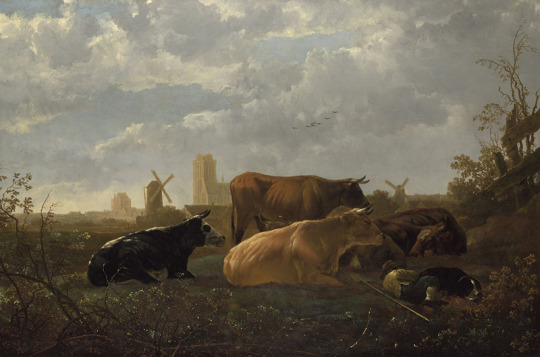
Título completo: Una vista lejana de Dordrecht, con un pastor dormido y cinco vacas ('The Small Dort')
Artista: Aelbert Cuyp
Fechas de artistas: 1620 - 1691
Fecha de realización: alrededor de 1650-2
Medio y soporte: Óleo sobre roble
Dimensiones: 66,4 × 100 cm
Resumen de inscripción: firmado
crédito de adquisición: Legado de Wynn Ellis, 1876
Esta pintura es muy similar a otro paisaje de Aelbert Cuyp, también en la colección de la National Gallery, pero tiene aproximadamente la mitad del tamaño: A Distant View of Dordrecht, with a Milkmaid and Four Cows, and Other Figures. No sabemos cuál se pintó primero, pero presumiblemente uno de los clientes de Cuyp vio una de las pinturas, le gustó y le pidió una versión más grande o más pequeña.
La mayoría de los clientes de Cuyp eran comerciantes adinerados en su ciudad natal de Dordrecht, y varios tenían tierras y propiedades en el campo más allá; es casi seguro que habrían tenido interés en la producción lechera. Las vacas fueron una historia de éxito nacional. El siglo XVII había visto mejoras crecientes en el ganado reproductor, mejores prácticas de alimentación y recuperación de tierras inundadas: los pastos bajos eran mucho mejores para el ganado que para las ovejas. El queso y la mantequilla no solo eran productos básicos nacionales, ahora eran exportaciones clave. En resumen, el ganado representaba riqueza, prosperidad pacífica y abundancia.
Información e imagen de la web de la National Gallery de Londres.
0 notes
Text

A Distant View of Dordrecht, with a Milkmaid and Four Cows, and Other Figures ('The Large Dort'), Aelbert Cuyp, ca. 1650
Happy birthday, Aelbert Cuyp (October 20, 1620 - November 15, 1691).
#art#art history#Aelbert Cuyp#landscape#landscape painting#Dordrecht#Netherlands#Dutch Golden Age#Baroque#Baroque art#Dutch Baroque#Dutch art#17th century art#National Gallery#National Gallery London
58 notes
·
View notes
Photo
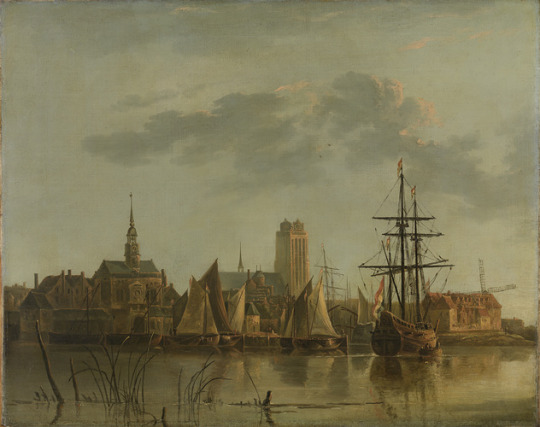
View of Dordrecht at Sunset by Aelbert Cuyp, Museum of the Netherlands
Gezicht op Dordrecht bij zonsondergang. Anonieme kopie naar de linkerhelft van het grote schilderij van Cuyp in de verzameling van Anthony de Rothschild.
16 notes
·
View notes
Text
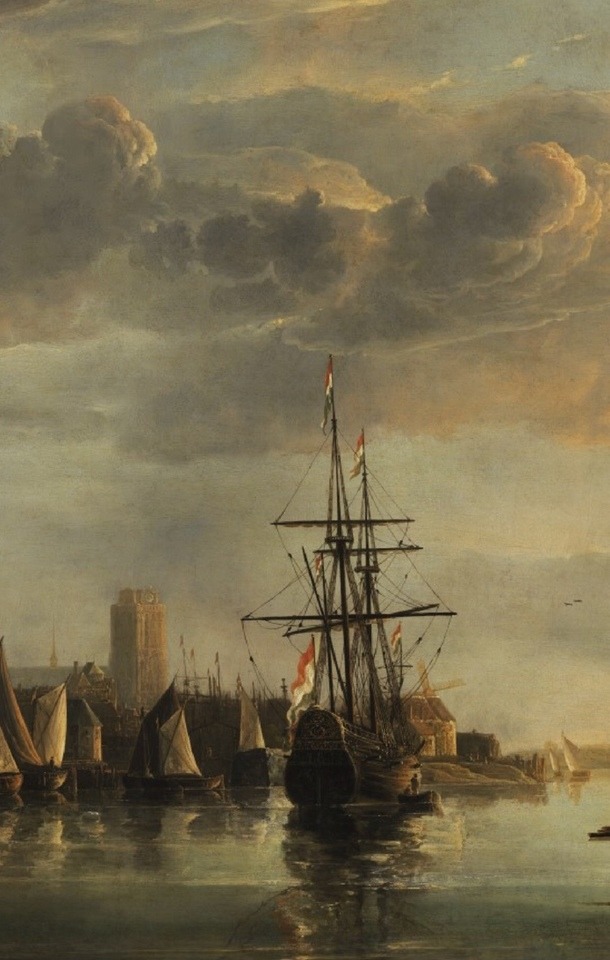

Details of Aelbert Cuyp’s View of Dordrecht (c.1655)
Rights: English Heritage
10 notes
·
View notes
Text
Learn All About Dutch Landscape Paintings From This Politician | Dutch Landscape Paintings
STATEN ISLAND, N.Y. — When I anticipate of the Dutch Colonial house, I see the big red barn, like in children’s books or in paintings of upstate landscapes. They are one of the best characteristic architectural styles of American homes. Dutch Colonial homes got their name from American settlers advancing from the Netherlands in the aboriginal to mid-1600s. They connected to body this appearance home through the mid-1800s. This appearance is best boundless in New York, New Jersey, and Pennsylvania back that’s breadth the majority of Dutch settled.
The best acclaimed affection of a Dutch Colonial abode is its broad, double-pitched roof that slopes analytic collapsed and advanced at the top and again changes angles and slopes about beeline down. Additionally accepted as a gambrel roof or a barn roof. It was acclaimed by Andrew Cogar, artist and admiral of Historical Concepts, that “The able use of framing with the two-pitched roofs accustomed for the attic to become accessible active space, lending this appearance to advance into rural and burghal subtypes.” It additionally enabled homeowners a way to get about taxes on two-story homes. The Federal Direct Tax annal of 1798 appearance that gambrel-roofed houses were classified as one story. What a deal!
Staten Island has abounding Dutch Colonial homes advance throughout the neighborhoods. Abounding in Great Kills breadth like this one. (Staten Island Advance/Jan Somma-Hammel)
The Guyon-Lake-Tysen Abode was congenital in 1740. There is a archetypal a bisected door, in a appearance that was after alleged
Learn All About Dutch Landscape Paintings From This Politician | Dutch Landscape Paintings – dutch landscape paintings
| Allowed to my own website, in this particular time I’ll explain to you regarding keyword. And today, this is actually the first image:

Tulips and sky – dutch landscape paintings | dutch landscape paintings
Think about impression above? can be which wonderful???. if you feel therefore, I’l d teach you several graphic again down below:
So, if you want to have these fantastic graphics regarding (Learn All About Dutch Landscape Paintings From This Politician | Dutch Landscape Paintings), just click save link to save the shots in your laptop. These are available for down load, if you love and wish to get it, click save symbol in the page, and it will be directly downloaded to your laptop.} At last if you like to secure unique and the latest picture related to (Learn All About Dutch Landscape Paintings From This Politician | Dutch Landscape Paintings), please follow us on google plus or bookmark this blog, we try our best to present you regular update with fresh and new graphics. We do hope you love staying right here. For most up-dates and recent information about (Learn All About Dutch Landscape Paintings From This Politician | Dutch Landscape Paintings) pictures, please kindly follow us on tweets, path, Instagram and google plus, or you mark this page on book mark area, We attempt to present you update regularly with fresh and new photos, like your searching, and find the right for you.
Here you are at our website, articleabove (Learn All About Dutch Landscape Paintings From This Politician | Dutch Landscape Paintings) published . Nowadays we’re pleased to declare that we have discovered an awfullyinteresting topicto be discussed, namely (Learn All About Dutch Landscape Paintings From This Politician | Dutch Landscape Paintings) Most people searching for info about(Learn All About Dutch Landscape Paintings From This Politician | Dutch Landscape Paintings) and certainly one of these is you, is not it?

csm_Lempertz-25-25-Paintings-and-Drawings-25th-25th-C-Cornelius .. | dutch landscape paintings
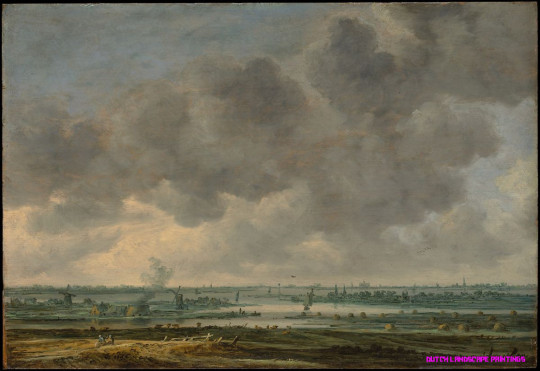
Landscape Painting in the Netherlands | Essay | The Metropolitan .. | dutch landscape paintings

Landscapes in oil paint and watercolor; landscape paintings .. | dutch landscape paintings

Let’s go for a Walk: Dutch Landscape Painting in the 25th Century – dutch landscape paintings | dutch landscape paintings
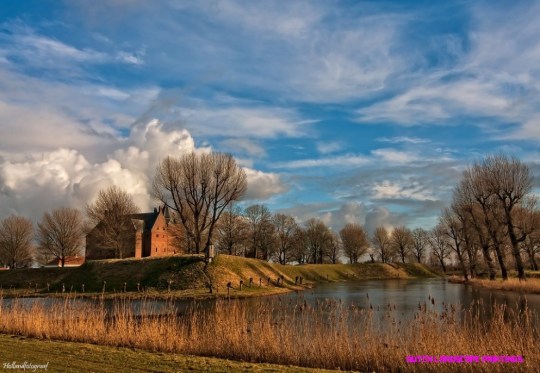
paintersjob – dutch landscape paintings | dutch landscape paintings

Image result for 25th century dutch landscape paintings (With .. | dutch landscape paintings

Dutch Polder Landscape, Art Painting by Johan Hendrik Weissenbruch – dutch landscape paintings | dutch landscape paintings
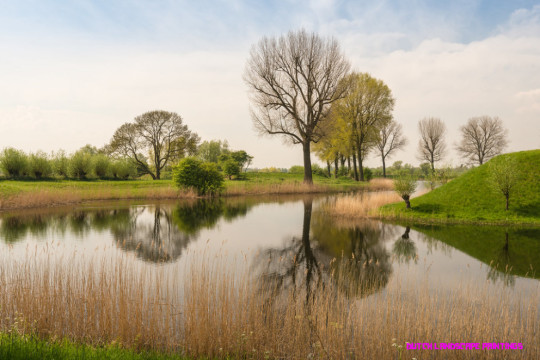
Idyllic Dutch landscape in springtime – dutch landscape paintings | dutch landscape paintings
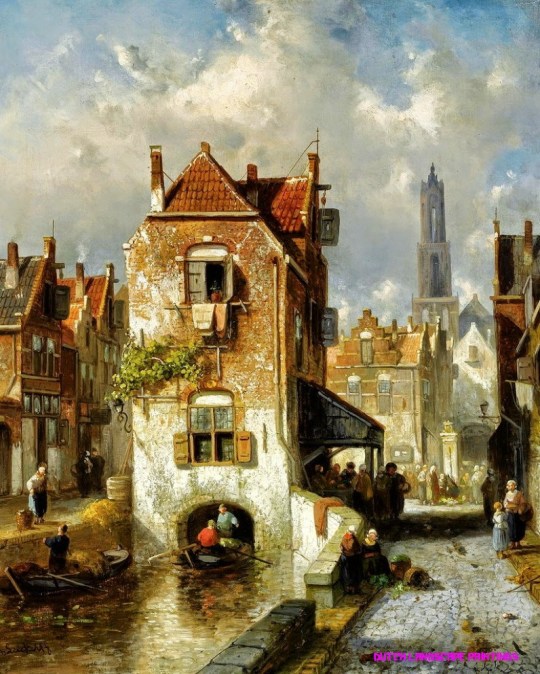
Charles Leickert | Romantic Landscape painter | Tutt'Art .. | dutch landscape paintings
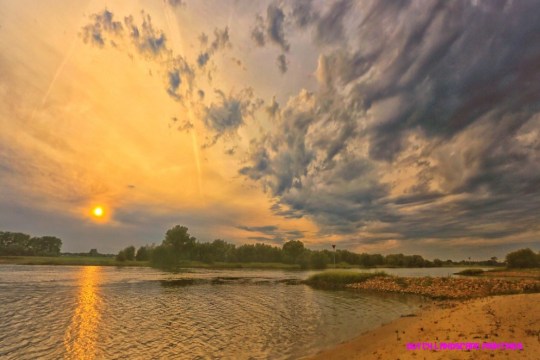
sunset sky – dutch landscape paintings | dutch landscape paintings
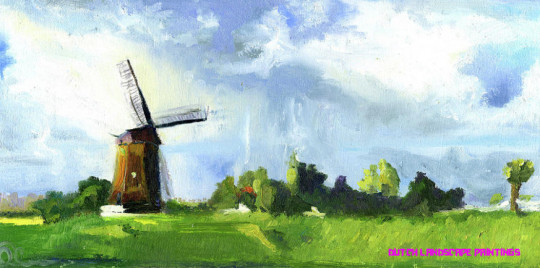
Dutch Landscape by Lelia Sorokina – dutch landscape paintings | dutch landscape paintings

Spencer Alley: 17th-century Paintings from the Netherlands – dutch landscape paintings | dutch landscape paintings
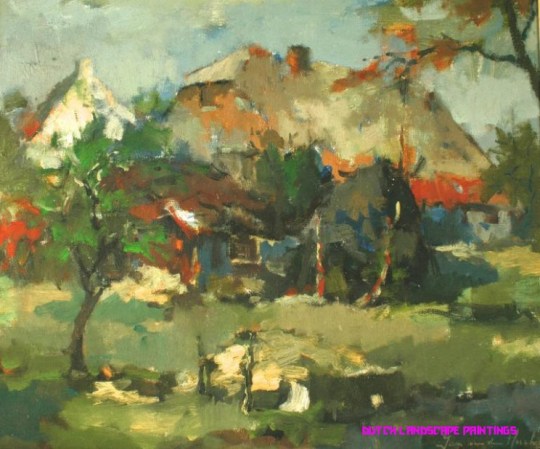
Dutch Landscape Painting by Jan Van Den Hurk, Mid-25th c – dutch landscape paintings | dutch landscape paintings
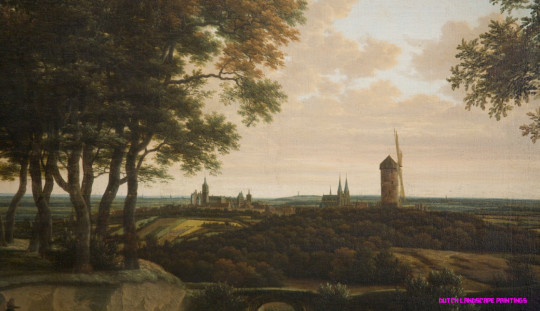
Upcoming Events Dutch Landscapes from the Golden Age – dutch landscape paintings | dutch landscape paintings

17th Century Dutch Oil Painting Landscape, School of Jacob .. | dutch landscape paintings

Landscape at Sunset. Artist: Aert van der Neer (Dutch, Gorinchem .. | dutch landscape paintings
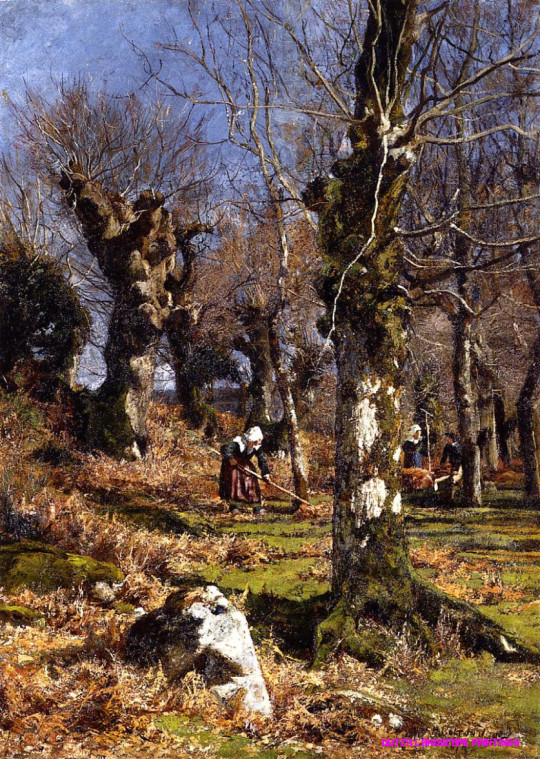
19th century American Paintings: Hugh Bolton Jones – dutch landscape paintings | dutch landscape paintings
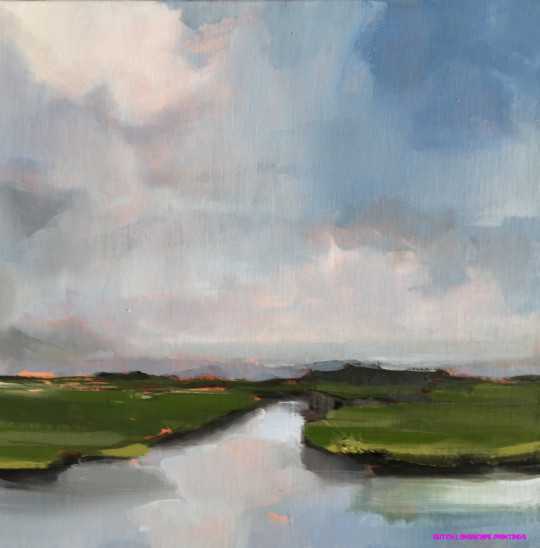
Dutch Accent Gallery — Dutch landscape painting by artist Stella.. | dutch landscape paintings

Dutch winter landscape by Charles Leickert – dutch landscape paintings | dutch landscape paintings

William Edward Webb (1862-1903), Peel Harbour, Isle of Man .. | dutch landscape paintings
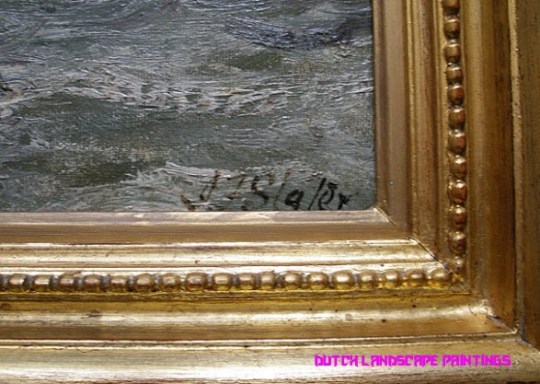
John Falconer Slater (1857 – 1937), A Calm Sea for sale – dutch landscape paintings | dutch landscape paintings

Nature in art: Defined and processed | dutch landscape paintings

Painting titled ‘View of Dordrecht’ by Aelbert Cuyp (25-25 .. | dutch landscape paintings

Gallery Talk: 25th-Century Dutch Landscape Painting | Harvard Art .. | dutch landscape paintings
Painter Legend https://i1.wp.com/www.painterlegend.com/wp-content/uploads/2020/06/tulips-and-sky-dutch-landscape-paintings.jpg?fit=993%2C679&ssl=1
0 notes
Photo

View of the Groote Kerk in Dordrecht from the River Maas by Aelbert Cuyp, Robert Lehman Collection
Medium: Black chalk and moistened black chalk, gray wash (mainly in the clouds, water and sails), greenish yellow and grayish green wash (in the trees and under the houses at the left), and touches of brown chalk (in and under the houses at the left and on the la
Robert Lehman Collection, 1975 Metropolitan Museum of Art, New York, NY
http://www.metmuseum.org/art/collection/search/459218
1 note
·
View note
Photo
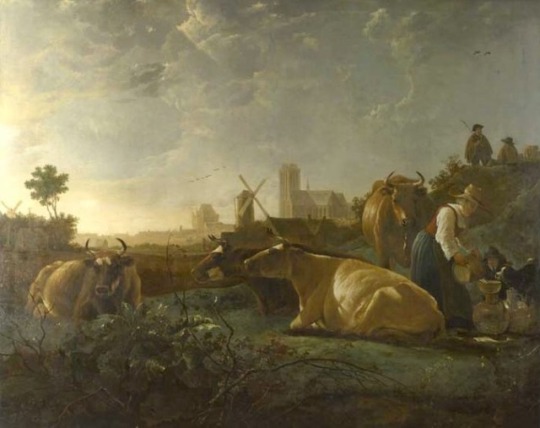
A Distant View of Dordrecht, with a Milkmaid and Four Cow Aelbert Cuyp, 1650 Shared via #WikiArtApp (October 20, 1620 – November 15, 1691)
0 notes
Text
Paper 3
For this assignment, I selected the painting “The Maas at Dordrecht”, by Aelbert Cuyp, which was completed in 1650. It depicts the Maas river bustling with the activity of a fleet of naval vessels at the city of Dordrecht. The color of the sky and clouds is given to soft blues and light pinks, arranged in such a way as to give a sense of an early morning light coming from the top left of the painting. In contrast, the ships and men are given to darker browns and blacks, with lighter highlights of whites and reds. The greatest detail is given to the large ship in the foreground, and the fading of the stark details among the other ships and the city lends to a sense of rhythm as focus is drawn immediately to the largest ship and clearest men and slowly begins to drift among the other ships and eventually to the sky. There are not many patterns in this work, but there are many sails of similar shape. A few of the men are more detailed than the rest. There is an officer of some sort in red and white in the boat next to the large ship, with a brightly adorned companion. They are being greeted by a well-dressed man holding a cane and a drummer, among many others. To the left, another boat approaches the large ship, carrying more visitors, with a trumpeter who signals their arrival. To the right there are other small boats, and the one in the foreground may be carrying a woman, although she is indistinct.
This work was created through oil paint on canvas, and the textures are mostly soft, although the ship in the foreground appears very solid. The painting is well-proportioned, as the size of the ships seem accurate relative to the size of the human figures. This piece has a large scale, as it depicts a wide view of the river, the many ships, and the city in the background. The painting is slightly out of balance, as the focus is clearly on the ship and boats in the foreground. Overall, the composition of this piece lends itself to a feeling of busyness and action while somehow remaining peaceful due to the sereneness of the water and the sky.
This painting depicts a scene from the summer of 1646, around July. That summer, a massive fleet carrying thirty thousand Dutch soldiers was anchored at Dordrecht, which was Aelbert Cuyp’s hometown. The soldiers were there as a show of force by the rebels who were fighting for independence from Spain. Only two years later, the Peace of Münster would end the Eighty Years’ War (or the Dutch War of Independence) and recognize the United Netherlands as an independent country. This painting was likely commissioned by the young officer who is depicted standing in the small boat, wearing a red and white sash.
This painting is connected to money through the reasons for the Eighty Years’ War, the costs of war that are clear in its depiction, and in the reason for its existence. First, the Eighty Years’ War began because of the high taxes imposed on the Netherlands when it was under the control of the king of Spain. Taxation by foreign powers seems to be the proximate cause of rebellion in the years of imperialism and mercantilism. Concerns about money, therefore, may have a certain aspect that drives men to violence where other abuses may not. Were it not for the economic exploitation of the Dutch, the Eighty Years’ War may never have occurred, and neither would this painting. Interestingly enough, the Dutch would themselves create a great empire as they colonized remote regions, and some of this colonialism actually began during their war of independence from another power. They took the lessons they were taught about how to subjugate another people and gain fortune, and they applied these lessons abroad.
Perhaps more pertinent to this paper is what the painting shows. Naval vessels were incredibly expensive to build and maintain. Furthermore, an army of thirty thousand soldiers must be well-fed and well-equipped. These soldiers were paid through taxes and the spoils of war, along with help from the French, who joined the war against the Spanish due in large part to their long-standing rivalry. But what this army most needed was the support of the people, which it clearly had. A sovereign may tax his or her people as much as is needed to raise armies and wage war, within limits. This army was not funded that way, or at least not for the most part. It received contributions from the small Dutch government, surely, as well as from the Dutch India Companies. But this painting says to me that there were people in towns and cities along the river and elsewhere that were willing to give of themselves to support the men who fought for their freedom.
Finally, this painting was a commissioned work. As stated previously, it is suspected that the officer wearing red and white in the small boat near the large ship in the foreground paid Aelbert Cuyp to paint this. Red and white are the colors of Dordrecht, so he may have been some sort of noble or local lord. And despite the feelings of patriotism that this painting may once have stirred in a Dutchman who loved his country, or that Aelbert Cuyp may himself have felt, it would not have existed but for the payment by another. The “Maas at Dordrecht” proves that without money, some of the most beautiful artwork in existence would not be.
0 notes
Text
#FineArtFriday: Dordrecht Harbor by Moonlight by Aelbert Cuyp 1643
Artist: Aelbert Cuyp (1620–1691)
Title: Dordrecht Harbor by Moonlight
Genre: landscape art
Date: 1643
Medium: oil on panel
Dimensions: height: 76.5 cm (30.1 in); width: 106.5 cm (41.9 in)
Collection: Wallraf–Richartz Museum
What I like about this scene:
Aelbert Cuyp’s paintbrush tells a story. But what kind of story is he showing us?
A ship is docked beside a mill at Dordrecht Harbor. Night has…

View On WordPress
#17th century landscape paintings#Dordrecht Harbor by Moonlight by Aelbert Cuyp 1643#Dort#Fine Art Friday
0 notes
Photo

View of Dordrecht at Sunset by Aelbert Cuyp, Museum of the Netherlands
Gezicht op Dordrecht bij zonsondergang. Anonieme kopie naar de linkerhelft van het grote schilderij van Cuyp in de verzameling van Anthony de Rothschild.
14 notes
·
View notes
Photo
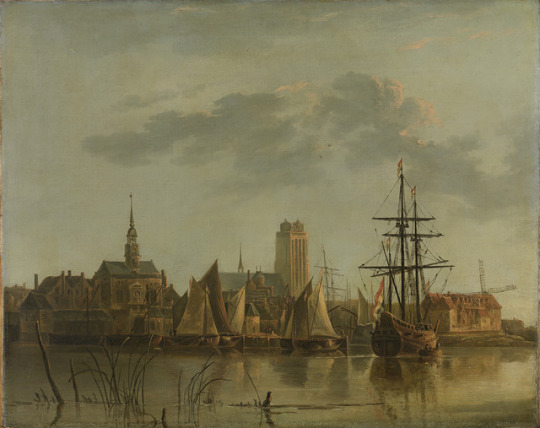
View of Dordrecht at Sunset by Aelbert Cuyp, Museum of the Netherlands
Gezicht op Dordrecht bij zonsondergang. Anonieme kopie naar de linkerhelft van het grote schilderij van Cuyp in de verzameling van Anthony de Rothschild.
https://www.rijksmuseum.nl/nl/collectie/SK-C-123
9 notes
·
View notes
Photo
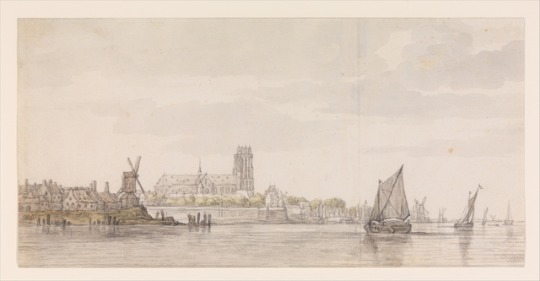
View of the Groote Kerk in Dordrecht from the River Maas by Aelbert Cuyp via Robert Lehman Collection
Medium: Black chalk and moistened black chalk, gray wash (mainly in the clouds, water and sails), greenish yellow and grayish green wash (in the trees and under the houses at the left), and touches of brown chalk (in and under the houses at the left and on the la
Robert Lehman Collection, 1975 Metropolitan Museum of Art, New York, NY
http://www.metmuseum.org/art/collection/search/459218
0 notes